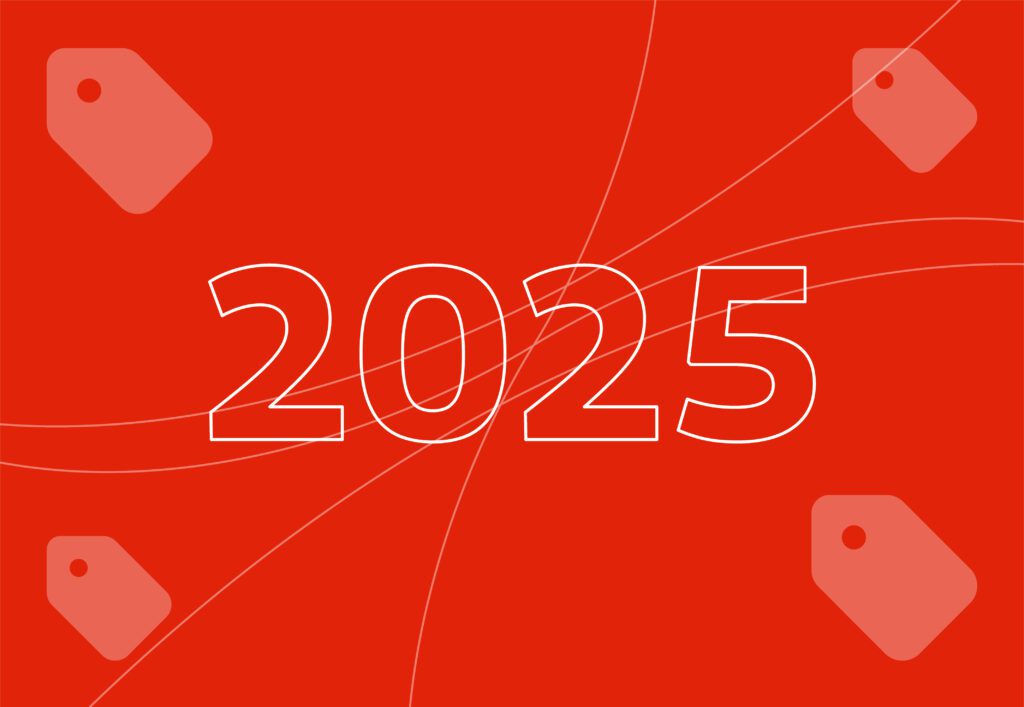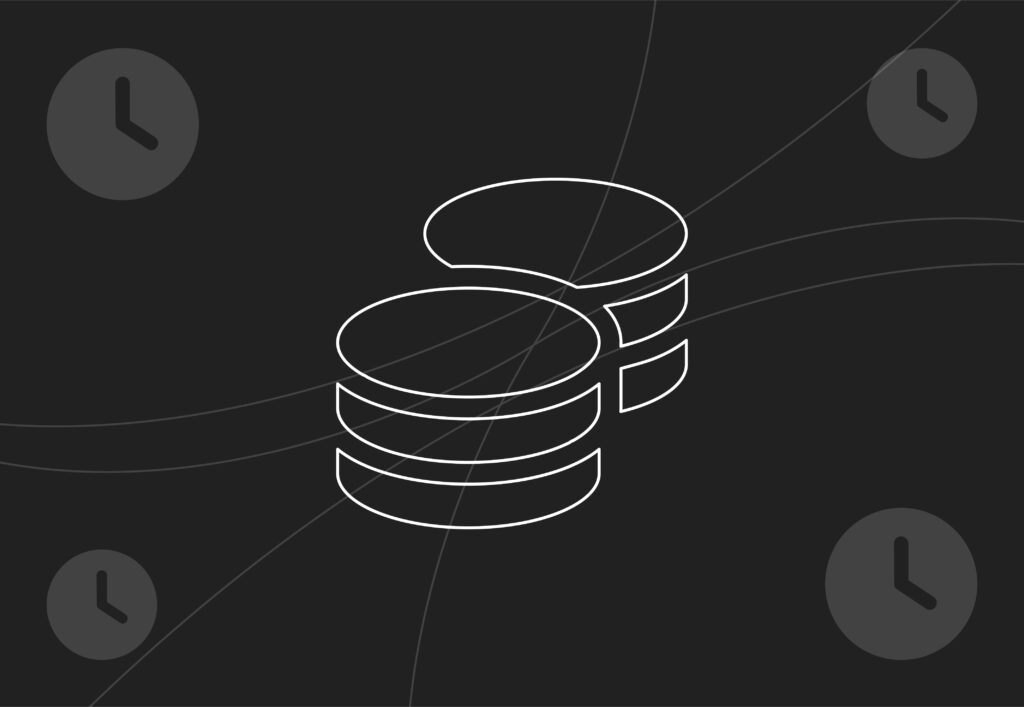
Retail guide to Black Friday PPC ads

Black Friday is just one key date in the golden quarter for retailers, and like with many things, the success depends on the preparation. Which is why even though this year’s Black Friday is over 100 days away (28th November), it’s time to start planning.
Before we begin looking into how you can prepare your PPC ads for Black Friday, let’s take a look at some of the facts behind the event itself.
- Black Friday originally started in America and was tied into the national holiday of Thanksgiving.
- Although it is celebrated on the first Friday after Thanksgiving, deals often start in October and carry on until the start of December.
- Retailers often offer discounts of around 30-50%.
- Amazon is credited as the first retailer to offer Black Friday deals to UK customers in 2010.
More stats can be found on Black Friday here, but for now let’s look further into how retailers can prepare.
Understanding the Black Friday landscape in 2025
As popularity for Black Friday has increased over the years, there have been a range of trends which have appeared helping to shape the event. For Black Friday in 2025 we’ve identified 5 key things retailers should be aware of.
Early start
Whilst Black Friday is recognised on one day, the event itself lasts a lot longer. With consumers beginning to research, save deals and even start shopping earlier each year. As the Google Trends data shows below, in 2024 searches for ‘Black Friday Deals’ began in October and reached their peak towards the end of November and into December. This is probably likely due to ‘Cyber Monday’ occurring on the following Monday to Black Friday, another day where businesses are known to offer big discounts.
This extension of deals and offers is something we see with our own paid media clients, with retailers starting to tease deals in October before ramping activity up in November.
Deal-driven mentality
As well as shoppers having Black Friday on their minds earlier, they’re also extremely driven by offers and discounts. Carrying out extensive research into what brands have the best deals across what websites.
Omni-channel experience
This is where consumers then place high expectations on the omnichannel experience, with them wanting a seamless experience with both on and offline touchpoints. This is why brands need to ensure their campaign messaging is accurate across all different channels.
Mobile-first shopping
Globally 60% of online purchases happen on mobile devices and so retailers need to ensure their websites are optimised for mobile devices in time for Black Friday or they could be missing out on traffic and more importantly purchases.
Be prepared for competition
Black Friday happens during ‘The Golden Quarter’ which describes the final three months of the year. It’s a crucial period for retailers and one which is extremely competitive, so brands need to be prepared for that by thinking outside the box and knowing what others are doing within their industry.
PPC Fundamentals
So now we know a bit more about what retailers should expect from this year’s Black Friday, let’s quickly cover some PPC fundamentals. After all, it’s key to ensure the basics are done right before launching special campaigns for events like Black Friday.
PPC or pay-per-click enables advertisers to target consumers when they are actively searching for products or showing purchase intent. The benefit of PPC campaigns is that advertisers are only charged when a user engages with their ad, and therefore businesses can measure the effectiveness of their marketing efforts in relation to the ROI (return on investment) and ROAS (return on ad spend).
When starting with PPC it’s important to follow a process that begins with setting clear objectives, and goes all the way through setting a target audience, creating and launching ads and reporting on their performance. For more information and details on how to successfully launch a PPC campaign, take a look at this post.
Then when you feel like you’ve got the basics covered, it’s time to scale your campaigns and activity to meet demand during peak periods like Black Friday.
Essential PPC strategies for Black Friday 2025
So you’ve got your understanding of the basics and knowledge of what to expect for this upcoming Black Friday based on trend data. Now it’s time to apply our essential top tips for success to create campaigns that will generate the return on investment you’re looking for.
Audience segmentation and targeting
With your Black Friday campaigns it’s important to know who you want to target and with what information and offers. To help you make this decision your existing customer data could be extremely helpful. For example if you know the demographics and interests of your best customers you can use this data to find similar high-value prospects. You can even use Customer Match on Google by uploading customer lists to ensure your targeting is even more precise.
Another way you can enhance your Black Friday campaigns is through retargeting. You can use your campaigns to target past website visitors, and abandoned basket users with specific Black Friday offers.
Keyword research and strategy
To ensure relevancy of your Black Friday campaigns, it’s important to incorporate relevant seasonal keywords such as ‘Black Friday’, ‘Cyber Monday’, ‘deals’ and ‘sale’ into your keyword lists. Then, with Black Friday being extremely competitive, there are ways to make your budget go further by being clever with your keywords and strategy. For example using less competitive and long-tail keywords in your campaigns such as ‘best noise cancelling headphones black friday deal’. Using tools like Ahrefs and Keyword Planner can help you identify these new keywords to include. It’s also important to ensure your Black Friday campaigns use negative keywords for filtering out irrelevant searches and save your budget.
Budget allocation and bidding strategies
With the competitive nature of Black Friday, retailers should be prepared to increase budget or allocate a separate budget for the seasonal campaigns so as not to interfere with always-on activity. Data shows that it is necessary to significantly increase daily and overall campaign budgets for the Black Friday period in order to stay competitive. However, that doesn’t mean you just need to spend more and hope for the best.
Over the weekend you can use Google’s automated bidding strategies that leverage smart bidding for target ROAS and maximise conversion value. These can be really useful in helping your budget to achieve the results you’re hoping for. However, remember that you should also still keep an eye on your bidding strategy, and intervene with the automated settings if you’re not happy with performance. This is where real-time monitoring and manual bid adjustments for top-performing keywords and ad groups, to drive results.
As well as setting enough budget and optimising spend, you need to know about budget pacing to make sure it lasts throughout the whole sales period and campaign lifetime. As mentioned, Black Friday activity starts way before the day and weekend itself, so retailers need to be realistic about how much budget they invest in these campaigns and how long they run for.
Irresistible ad creative and copy
When it comes to creating ads for Black Friday, it’s important that they create a sense of urgency to drive consumers to act now, as deals won’t last forever. This can be done by using phrases such as ‘whilst stock lasts’ or ‘ends soon’ or harnessing countdown insertions. As well as creating urgency you also need to ensure your campaigns stand out by showcasing your unique selling points e.g. free shipping or extended warranty.
A key way to get your ads to stand out is through high-quality visuals, ensuring relevant images and videos are used to accompany your pmax ad copy. Using dynamic ads such as Dynamic Search Ads (DSAs) or Auto Created Assets (ACA) in conjunction with strict Search Max controls, will also keep your ads relevant to your audience by automatically generating headlines and adapting the ad formats to fit various placements.
Finally, don’t forget to use ad extensions to optimise your Black Friday campaigns.
- Sitelink extensions – link and direct users to specific Black Friday landing pages
- Promotion extensions – clearly display specific deals for users to engage with
- Callout extensions – highlight key benefits, such as free delivery
- Structure snippets – showcase product features
Research shows that brands have 8 seconds to engage users before they scroll or swipe, so your ads need to make a quick and positive impression to get that desired engagement. Make sure you’re using best practices above, staying true to your brand and highlighting key features and USPs to stand out.
Landing pages
A large volume of Black Friday searches and traffic will come from mobile devices, so if your landing pages aren’t optimised for mobile, that’s your first mistake. As well as being mobile friendly your landing pages should also meet the following criteria:
- Quick to load – as mentioned you only get one quick first impression, and if your page isn’t loading quick enough, users could get fed up of waiting and leave.
- Easy to navigate – when a user lands on your page is it simple enough for them to make their way round and understand what action they need to take? If not, then changes need to be made.
- Consistent messaging – does the copy on your landing page match what the ad was saying? For example if your ad says 20% off but the landing page only applies a 15% discount, shoppers will be frustrated, won’t make a purchase, and likely to complain.
- Specifically for Black Friday – using generic landing pages that you already use for BAU campaigns isn’t going to have the same impact or messaging that your users are expecting. Instead your pages should be bespoke for Black Friday, with the same messaging and similar imagery being used in your ads.
- Updated stock levels – if you’re running ads to certain products then you need to ensure you have stock of those products to fulfil any orders that come. Otherwise again consumers will be fed up, leave and likely to complain.
Campaign structure and management
The structure of your campaigns and how you manage them can also assist with your Black Friday. Our top tips and advice are:
Dedicated Black Friday campaigns: create separate campaigns and ad groups that are specifically for the seasonal period. This will help allow more precise budget control, targeting and messaging.
Daily monitoring and optimisation: you should be actively monitoring the performance of your campaigns over the course of their lifetime, and make the necessary adjustments based on the performance data.
Test, test and test again: in order to generate the best results from your ads we recommend reviewing headline and description assets for poor performers, and ensure the maximum quantity is in use.. Then you can scale more of what is driving the best engagement and results.
Ad scheduling: the time when your ads are running can have a big impact on your budget. You should analyse your hourly and daily data to pinpoint any periods which lack profitability for your business and where Smart bidding is potentially being too slow to react. If its clear there are unwanted hours, then why not schedule your campaigns to run at the most cost-effective times.
Using different ad platforms
The customer buying journey isn’t linear, instead it is messy with lots of different platforms and media influencing the decisions of consumers. This is why when it comes to Black Friday campaigns utilising a paid media strategy that covers multiple ad platforms can help increase success as the platforms complement and support each other. For example your PPC search campaigns are targeting users who are actively searching for your products, but you could use social media campaigns to drive awareness and engagement to your website from those users who aren’t currently searching. This is something that we do at Embryo for our paid media clients, combining the strategies for paid social and PPC for Black Friday campaigns to optimise performance.
Leveraging AI
Google has a range of AI integrations that can help make managing your Black Friday campaigns a lot easier and quicker. We’ve touched on some already including smart bidding and dynamic creative. There’s also Performance Max campaigns that will distribute your ads across the Google network, based on what will generate the best results as set by your objectives. The key thing to remember here is knowing when to intervene. Just because Google has these features doesn’t mean they’re necessarily going to generate the best results for you. Therefore you should look to use the features but monitor and review performance and make adjustments when necessary.
Data analysis
Finally when it comes to Black Friday success you should be reviewing your data, before you launch your campaigns, whilst your campaigns are running and when your campaigns end. Be sure to look beyond usual metrics of ROAS and conversions too, looking at what has and hasn’t worked and trying to conclude why. Research into your industry and how other retailers have performed can also help give you a benchmark for next year’s Black Friday.
Common mistakes to avoid
Now you know what you should be doing for Black Friday success, let’s highlight some of the common pitfalls to avoid, that will again help increase your chance of success.
- Last-minute planning: As we started this blog by saying Black Friday is over 100 days away (at time of writing) you might think we have loads of time, however that’s the mistake many fall into. Preparation for Black Friday should be happening now, with you making decisions on what offers you’ll have, ensuring you have adequate stock levels and what communication needs to happen as part of your campaigns.
- Insufficient budget: Don’t underestimate the required ad spend that is needed for competitive visibility throughout the period of Black Friday, otherwise you could be caught short.
- Ignoring mobile: Mobile is important, don’t forget about it. Make sure your ads and landing pages are optimised for mobile devices to drive engagement and sales.
- Poor landing pages: Review your landing pages before launching. This is where CRO (conversion rate optimisation) comes in, to assess how well your pages will be at converting users based on placement of CTAs and the page content.
- Not tracking properly: When you’ve got your campaigns ready, you need to make sure tracking is implemented correctly so that you have a clear understanding of how your campaigns are performing, if not you’ll be blindly optimising.
- Forgetting to monitor: As well as not tracking correctly, forgetting to monitor your campaigns is another big issue that can impact your success. With Black Friday going into the weekend, it’s easy to understand why you might switch off and think I’ll check back on this on Monday, however that isn’t going to work. You should be monitoring your campaigns throughout the weekend and optimising them based on your review and analysis. This is why at Embryo we have holiday blackouts during the period of Black Friday weekend, so our team of paid experts are on hand to ensure our client’s success.
Conclusion: your roadmap to Black Friday success
So there you have it, 9 best practices and expert advice to drive retail success over this year’s Black Friday. You even now know the common mistakes to avoid in order to not hamper your success further.
Remember, with the right PPC strategy, utilising best practices as detailed in this blog and enough forward planning retail businesses can thrive during Black Friday 2025 and use the event as an end of year boost before Christmas and Boxing Day sales.
Unsure about what your Black Friday strategy should be? Or perhaps you lack the in-house expertise to manage PPC campaigns, then reach out to our award winning team. We have a history of driving Black Friday success for many retailers and you could be next.



